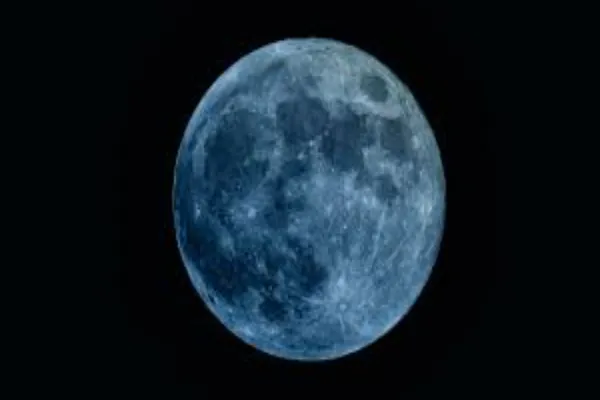Interesting Facts About the Moon

A Cosmic Odyssey into the Intriguing Facts that Shape Our Moon’s Mystique
In the celestial tapestry that graces our night sky, the moon stands as Earth’s constant companion, casting its ethereal glow and stirring the human imagination for millennia. Beyond its poetic allure, the moon holds a treasure trove of interesting facts that weave a cosmic narrative of wonder and intrigue.
1. The Moon’s Mysterious Origins: The moon’s birth remains one of the most enigmatic tales in celestial history. The prevailing theory suggests a colossal collision between Earth and a Mars-sized celestial body, resulting in the moon’s formation from the debris ejected into space. This cataclysmic event, occurring over 4.5 billion years ago, shaped the moon’s destiny and established its eternal connection with our planet.
2. Earth’s Gravitational Dance: While the moon orbits Earth with graceful precision, its gravitational influence plays a pivotal role in shaping our planet. The ebb and flow of Earth’s tides are a direct result of the moon’s gravitational pull. This cosmic choreography not only creates the rhythmic rise and fall of ocean waters but also imparts a subtle drag on Earth’s rotation, gradually slowing it down over eons.
3. Moonwalkers and Footprints: The Apollo missions etched an indelible mark on lunar exploration, with twelve astronauts having walked on the moon’s surface between 1969 and 1972. These brave pioneers left more than just scientific instruments and flags—they left footprints that will linger for eons. The moon’s lack of atmosphere means there is no wind or weather to erase these historic imprints, preserving the evidence of human exploration for generations to come.
4. A Lopsided Satellite: The moon’s near side and far side present a cosmic paradox. The near side, familiar to Earth-bound observers, features vast plains and prominent impact basins. In contrast, the far side boasts rugged highlands and a scarcity of maria, the dark, flat plains that dominate the near side. This asymmetry results from a phenomenon known as tidal locking, where the moon’s rotation period matches its orbit around Earth, always presenting the same face to our planet.
5. Glittering Moon Dust: The moon’s surface is dusted with a fine layer of regolith, a term for the broken rock and soil created by eons of meteoroid impacts. This lunar dust possesses a unique characteristic—it sparkles. The tiny glass beads formed by micrometeoroid impacts create a shimmering effect on the moon’s surface, giving it an otherworldly glimmer under the sun’s rays.
A Chronicle of Interesting Facts About the Moon

The moon, Earth’s celestial companion, has long been a source of fascination and inspiration for humanity. One intriguing fact lies in its synchronous rotation with Earth, meaning the same side always faces our planet. This phenomenon, known as tidal locking, results from gravitational forces between Earth and the moon, creating a cosmic dance that has endured for eons.
As a result, the moon has a far side—often mistakenly referred to as the “dark side”—which remains hidden from direct view on Earth. This mysterious hidden hemisphere wasn’t revealed to human eyes until the advent of space exploration.
Adding to the allure is the moon’s role as a celestial timekeeper. The lunar cycle, marked by the waxing and waning of the moon’s phases, forms the basis for our months. A complete lunar cycle, from one new moon to the next, spans approximately 29.5 days, giving rise to the concept of a lunar month. This natural rhythm has influenced cultural practices, calendars, and even the word “month,” which is derived from the Old English term “mōnað,” meaning moon.
The moon’s regular and predictable cycles have not only shaped human timekeeping but have also inspired poets, artists, and thinkers throughout history, leaving an indelible mark on our cultural and scientific understanding of the cosmos.
As we gaze up at the moon, its serene glow invites us to ponder the celestial mysteries that surround it. These interesting facts about the moon, our lunar neighbor, not only deepen our understanding of the cosmos but also inspire the ongoing exploration of the vast unknown that stretches beyond our terrestrial home. The moon, with its silent elegance, remains an eternal muse, beckoning humanity to dream, explore, and reach for the stars.